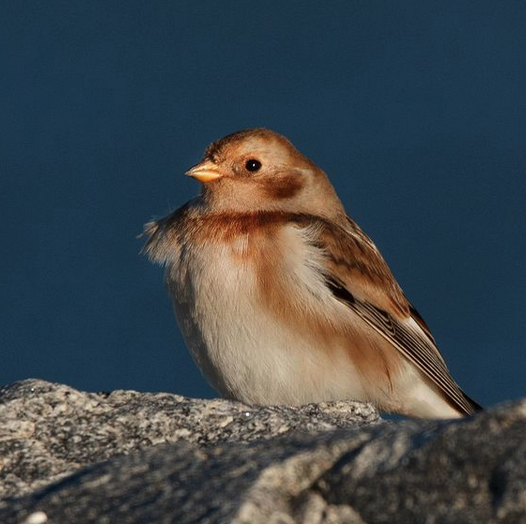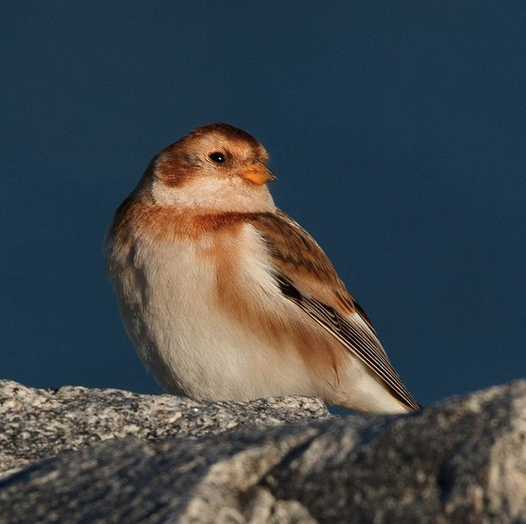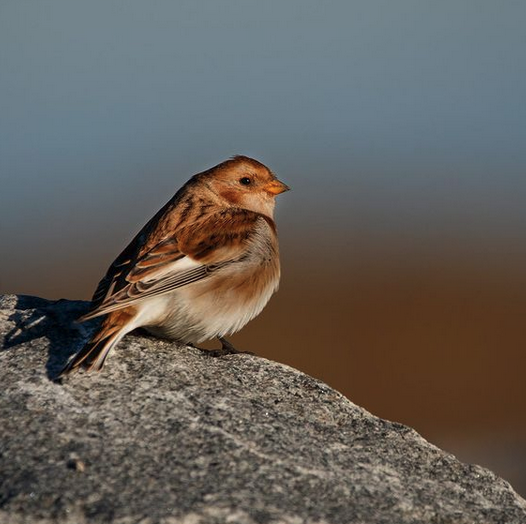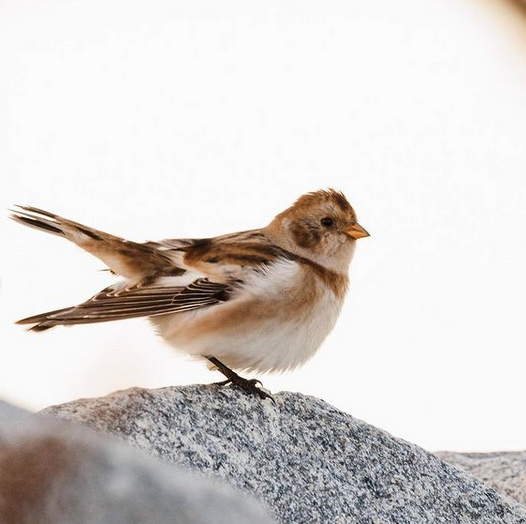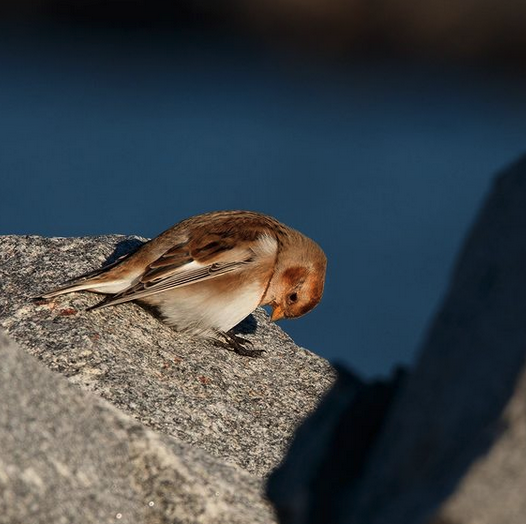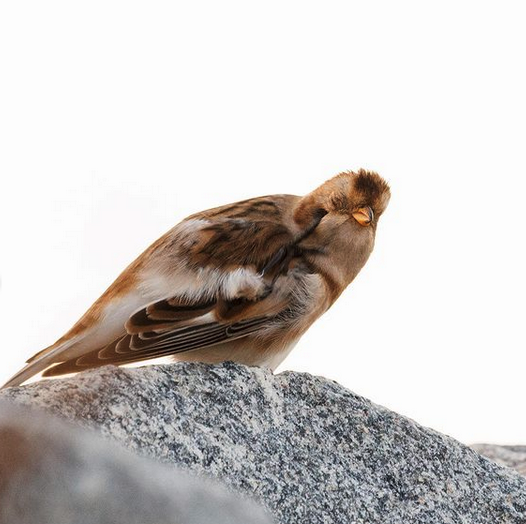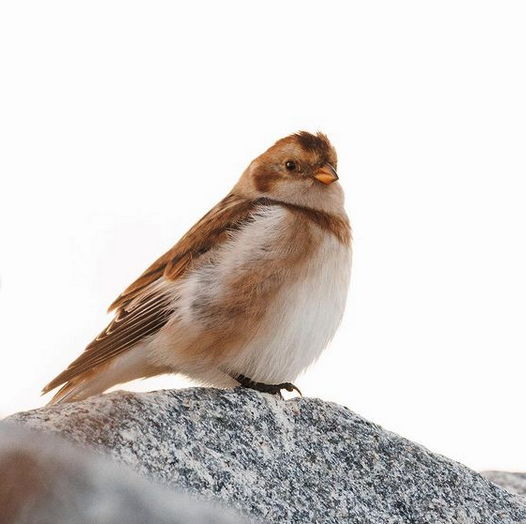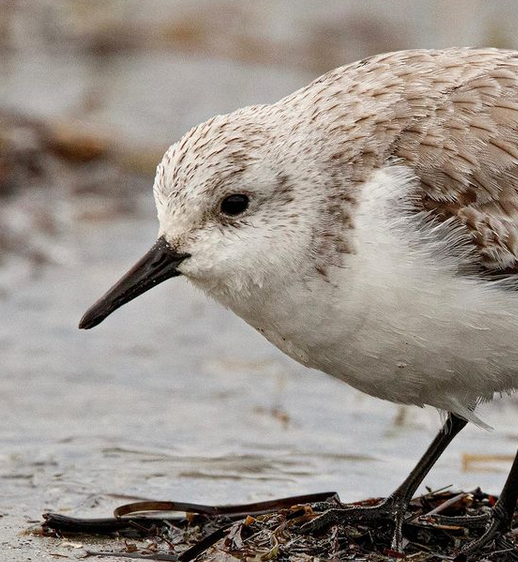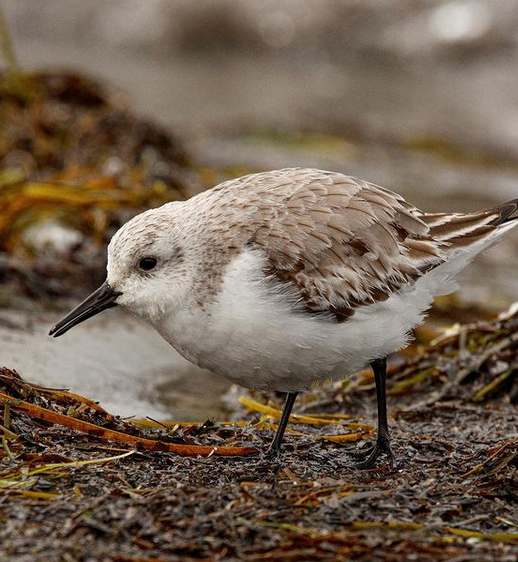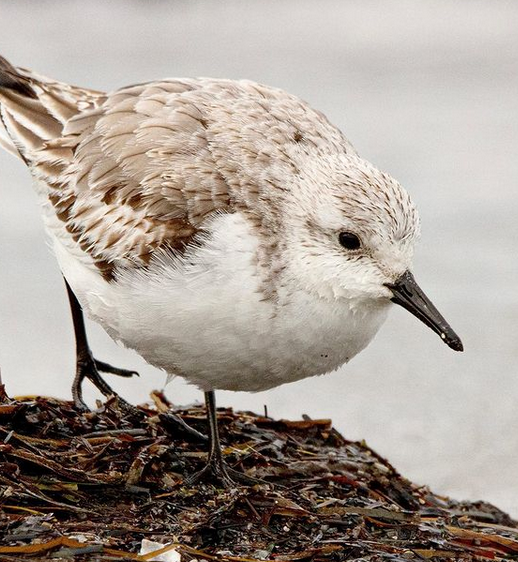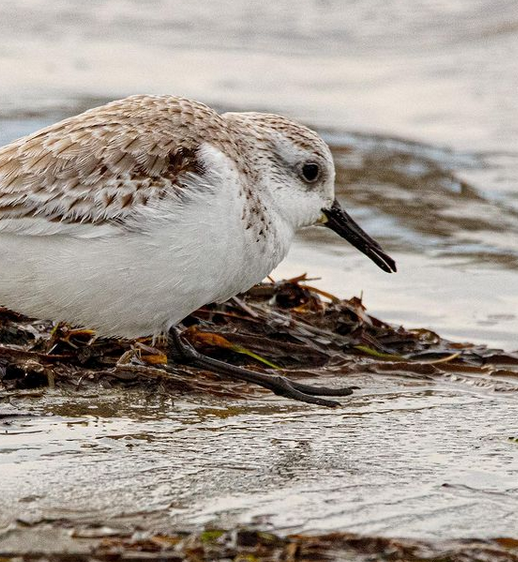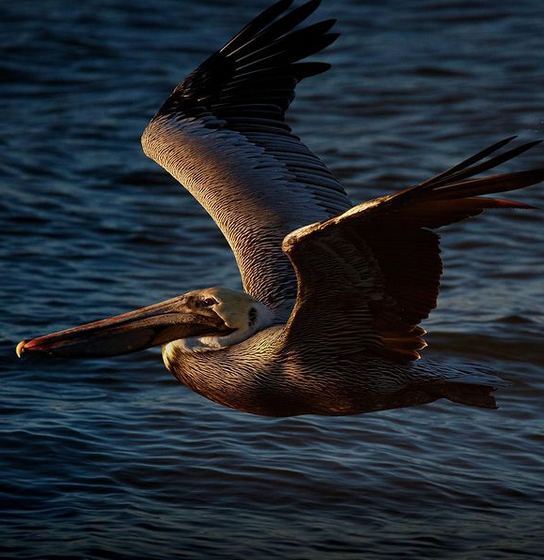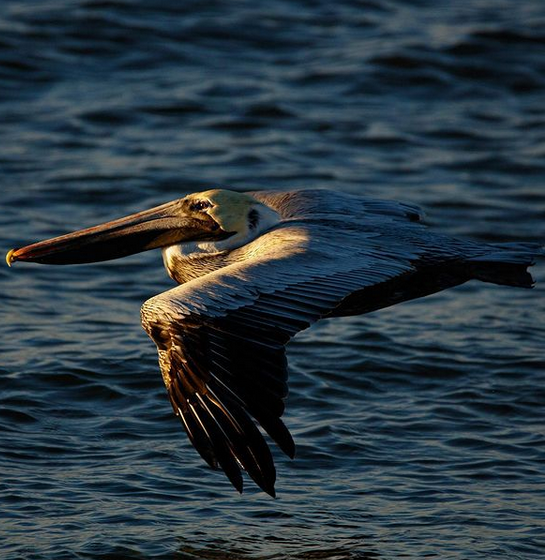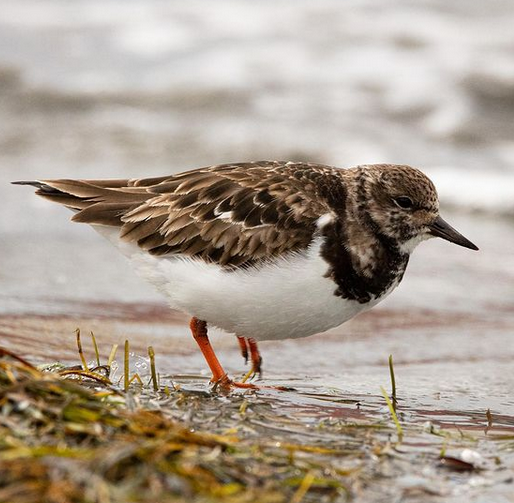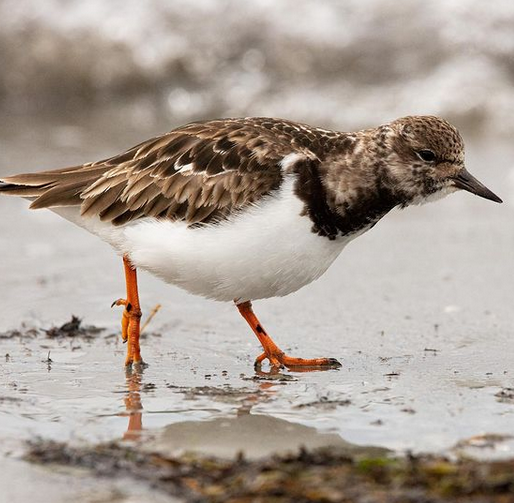Here’s a familiar sight found on North Carolina’s beaches, the Black bellied Plover.
I spotted this one looking for a snack in the sand along the shoreline of a small cove near Oregon Inlet in the OBX.
It was quite amicable to my presence and walked up to me a couple times which allowed for some good close up photo opportunities.

The bird featured here is likely a juvenile or non breeding adult due to the streaky pattern on it’s breast and overall spotty appearance.
Adult male Black bellied Plovers display jet black plumage on their face, running down the front of their necks and down across their breast and belly. The adult females look similar to the males but showing less contrast in their appearance.

Black bellied Plovers are a wintertime visitor to coastal areas of the Tarheel State. That being said, a small population of non-breeding birds will spend the summer months here too. They are best found on our beaches but also in tidal mudflat areas and on short grass lawns searching for a meal.
They’ll stick around until April before heading north to their nesting grounds in the tundras of Alaska and Canada so we’ve got plenty of time to enjoy these sweet birds for the season ahead.
@sally_siko of @birdwatching_nc on my mighty 50 megapixel monster, the @canonusa#5Ds

